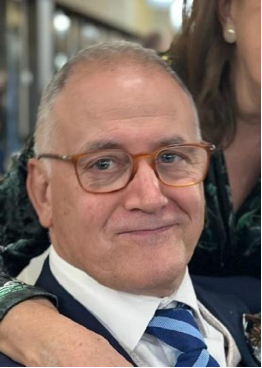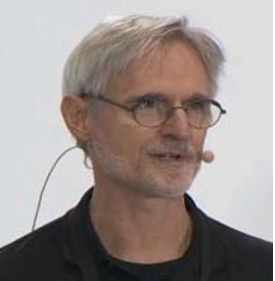Noel Harrison


The quality evaluation has been instrumental for the success of JPEG standards, notably its first standard JPEG 1, JPEG 2000, or more recently JPEG XL.

It aims to develop technical specifications and standards to efficiently manage terminology work ensuring seamless information exchange, minimizing misunderstandings, and enhancing both human-human and human-AI interactions.

One of the main gaps that I am tackling with this activity is that many important standards are published only as PDF, without global identifiers (URLs) that can be used in requirements and test management, and without technical artefacts like datasets, schemas, test cases.

Incorporation of at least two sensory channels for information consumption is required by the European Accessibility Act, but currently not widely realized in technical communication. With its structured semantic approach, the proposed standard seeks to help eliminate this shortcoming.

Having MEP equipment modelled and standardised could make this process economic and a disruptive market technology. The final objective is to develop an initial ontology oriented to simulation in buildings.

My fellowship tackles the gap related to the insufficient models for achieving analysis-ready geo data.
